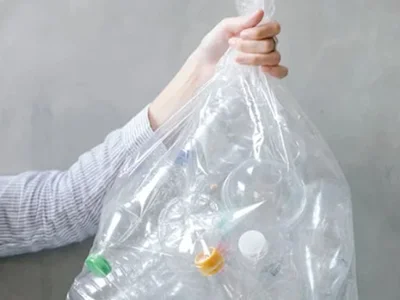Not known Details About Reclaim Waste
Not known Details About Reclaim Waste
Blog Article
Rumored Buzz on Reclaim Waste
Table of ContentsFacts About Reclaim Waste RevealedSome Known Details About Reclaim Waste The Single Strategy To Use For Reclaim WasteThe 9-Minute Rule for Reclaim WasteAll about Reclaim Waste
Discover the types, occurrences, and kinds of liquid waste. Domestic sewer waste describes the waste and items from a domestic sewage-disposal tank. This kind of waste is produced by human beings in homes, institutions, and other structures. This only includes sewage-disposal tanks that have a drain area. The proper administration and disposal of domestic sewer waste call for liquid waste to be moved to a sewer treatment plant where the correct techniques and tools are used to purify and throw away waste.
Industrial waste usually includes prospective threats, such as flammable products or a combination of liquid and solid waste items, and requires an advanced and detailed disposal process. The disposal of business waste generally entails the filtration of waste prior to transport to guarantee secure and proper disposal. Hazardous waste is created from results and runoff of commercial processes and manufacturing.
This kind of waste can not make use of the exact same sewer management transportation or processes as septic or industrial fluids. The hazardous waste monitoring procedure requires the evaluation and testing of liquid waste before it goes through the disposal procedure (liquid waste removal melbourne). Overflow waste is the fluid waste that originates from runoff and excess stormwater in very populated areas or cities
Runoff waste can cause contamination and flooding if not dealt with correctly. Discover more regarding drain cleansing and waste administration. Guaranteeing correct waste administration can protect against catastrophes and reduce ecological damage. Both people in residential settings and specialists in business or production markets can benefit from comprehending the processes and regulations of fluid waste monitoring.
Some Known Questions About Reclaim Waste.
Contact PROS Providers today to learn more about our waste monitoring and disposal services and the appropriate methods to look after the fluid waste you generate.
(https://reclaimwaste1.start.page)Do you understand what happens to your water when you draw the plug, flush the commode or drain the cleaning maker? No? Well, it's worth understanding. This so-called 'wastewater' is not just a crucial resource however, after treatment, will certainly be released to our land, waterways or the ocean. Used water from toilets, showers, baths, kitchen area sinks, laundries and commercial processes is recognized as wastewater.

water used to cool machinery or clean plant and devices). Stormwater, a kind of wastewater, is overflow that streams from agricultural and urban locations such as roof coverings, parks, yards, roads, courses and gutters right into stormwater drains, after rainfall. Stormwater streams unattended straight to regional creeks or rivers, ultimately reaching the ocean.
The 2-Minute Rule for Reclaim Waste
In Queensland, many wastewater is dealt with at sewer therapy plants. Wastewater is carried from residential or industrial sites via a system of sewers and pump stations, called sewerage Click Here reticulation, to a sewage therapy plant. Local governments build, preserve and operate most sewage treatment plants. Operators are accredited under the Environmental Security Act 1994 to release treated wastewater at an appropriate ecological standard right into waterways.
The Department of Natural Resources advises city governments concerning handling, operating and keeping sewage systems and therapy plants. In unsewered locations, regional governments might need homeowners to mount specific or house sewage treatment systems to deal with domestic wastewater from commodes, kitchen areas, washrooms and laundries. The Division of Natural Resources authorises making use of family systems when they are verified to be efficient.
In some new class, treatment of some stormwater to get rid of clutter, sand and gravel has actually begun using gross toxin catches. Wastewater treatment occurs in 4 stages: Removes strong issue.
Wastewater after that flows right into big tanks where solids clear up and are removed as sludge. Grease and scum are skimmed from the surface area. Uses tiny living organisms recognizes as micro-organisms to damage down and remove remaining liquified wastes and great bits. Micro-organisms and wastes are included in the sludge. Gets rid of nitrogen and phosphorus nutrients that can create algal blooms in our waterways and threaten water life.
How Reclaim Waste can Save You Time, Stress, and Money.
Nutrient elimination is not readily available at all sewage therapy plants because it requires pricey specialized tools. It is becoming a lot more usual in Queensland. Clear liquid effluent created after therapy may still have disease-causing micro-organisms. If this effluent is released right into rivers such as rivers or the sea, the micro-organisms will eventually die out.

The majority of wastewater streams into the sewage system. Under the Act, regional governments provide approvals and permits for environmentally pertinent activities (Periods) entailing wastewater releases that may have a local impact.
Reclaim Waste for Beginners
Tracking provides accurate details about water quality and can verify that licence problems are being fulfilled. The information acquired through monitoring supplies the basis for making water top quality decisions.
Report this page